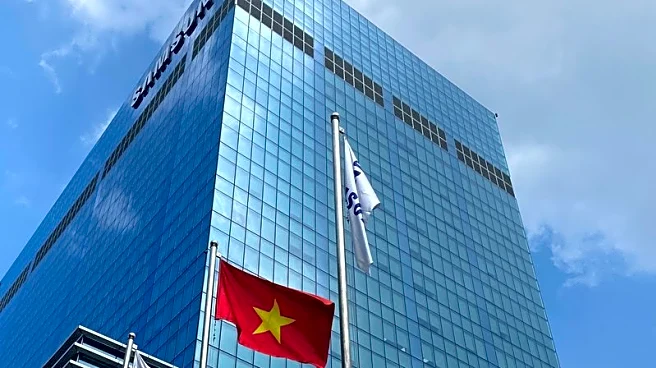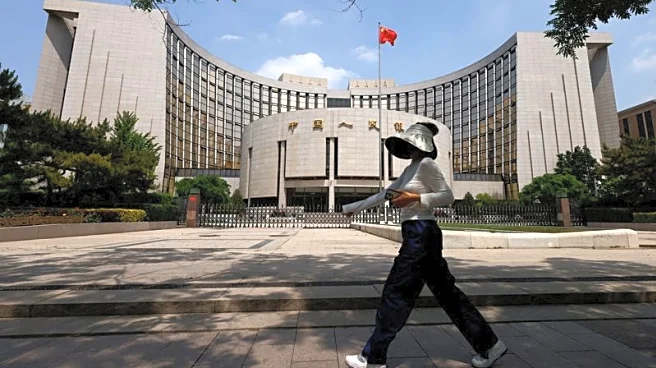BEIJING (Reuters) -New loans by Chinese banks fell sharply in October from the previous month and missed market expectations amid persistent weakness in credit demand.
Banks made 220 billion yuan ($30.89
billion) in new loans last month, plunging from September's 1.29 trillion yuan, according to Reuters calculations based on data from the People's Bank of China (PBOC) on Thursday.
Analysts polled by Reuters had expected October loans would reach 500 billion yuan, matching the levels seen a year earlier, as seasonal factors that helped boost September's numbers wore off.
The Chinese central bank does not provide monthly breakdowns. Reuters calculated the October figure based on the bank's January-October data, compared with the January-September figure.
Chinese businesses and households are wary of taking on more debt due to economic uncertainty, a prolonged property sector slump and uncertainties caused by trade tensions between Beijing and Washington.
Outstanding loans rose 6.5% from a year earlier, a record low. Economists had expected growth of 6.6%, the same pace as in September.
The PBOC said new yuan loans totalled 14.97 trillion yuan for the first 10 months of this year.
Household loans, including mortgages, contracted by 360.4 billion yuan in October, versus an increase of 389 billion yuan in September, while corporate loans dropped to 350 billion yuan from 1.22 trillion yuan, according to Reuters calculations based on central bank data.
Factory activity in China shrank for a seventh month in October, weighed down by a drop in new export orders.
Benefits from the government's 500 billion yuan policy-based financial tool aimed at boosting investment have also yet to materialise, analysts pointed out.
While China and the U.S. reached a trade truce extension in late October, analysts said the tariff reductions will provide only a marginal boost to China's economy and continued economic and trade clashes between the two superpowers are inevitable.
Broad M2 money supply grew 8.2% in October from a year earlier, the slowest since May, the central bank data showed, but above analysts' forecast of 8.1% in a Reuters poll.
The narrower M1 money supply climbed 6.2% year-on-year, compared with 7.2% in September, PBOC data showed.
Outstanding total social financing (TSF), a broad measure of credit and liquidity in the economy, rose 8.5% year-on-year in October, slowing from 8.7% a month prior and marking a seven-month low.
TSF includes off-balance-sheet forms of financing outside the conventional bank lending system, such as initial public offerings, loans from trust companies and bond sales.
Government bond issuance has begun to taper off after a strong start to the year.
($1 = 7.1230 Chinese yuan renminbi)
(Reporting by Liz Lee, Shi Bu and Ellen Zhang; Editing by Ros Russell (Ellen.Zhang@thomsonreuters.com;))












